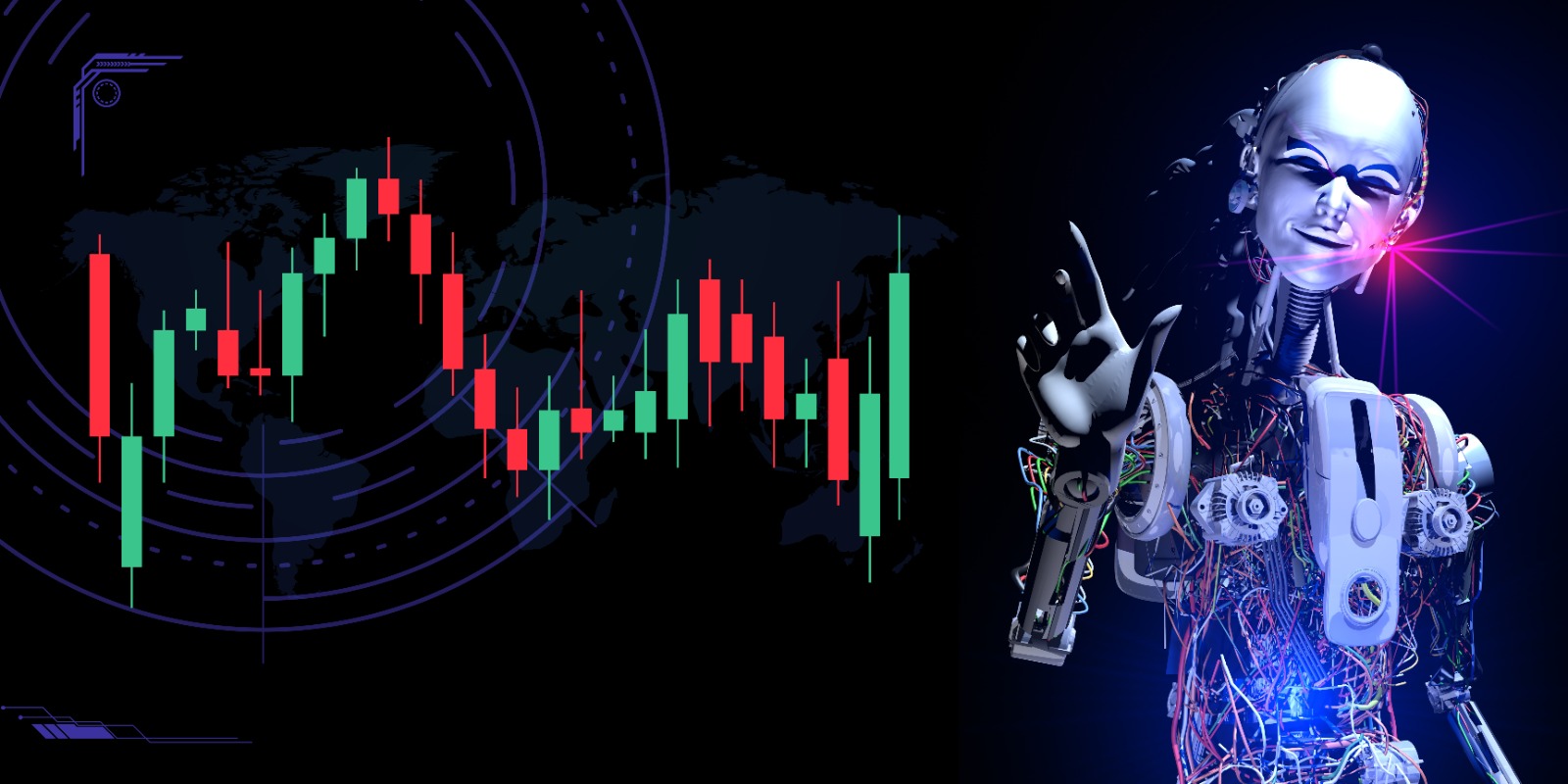What Is Traded In Forex?
Listen
Partner Center
Find a Broker
What is traded in forex?
The simple answer is MONEY. Specifically, currencies.
Because you’re not buying anything physical, forex trading can be confusing so we’ll use a simple (but imperfect) analogy to help explain.
Think of buying a currency as buying a share in a particular country, kinda like buying shares in a company.
The price of the currency is usually a direct reflection of the market’s opinion on the current and future health of its respective economies.
In forex trading, when you buy, say, the Japanese yen, you are basically buying a “share” in the Japanese economy.
JPY
You are betting that the Japanese economy is doing well, and will even get better as time goes.
Once you sell those “shares” back to the market, hopefully, you will end up with a profit.
In general, the exchange rate of a currency versus other currencies is a reflection of the condition of that country’s economy, compared to other economies.
By the time you graduate from this School of Pipsology, you’ll be eager to start working with currencies.
Major Currencies
While there are potentially lots of currencies you can trade, as a new forex trader, you will probably start trading with the “major currencies“.
Major Currencies
They’re called “major currencies” because they’re the most heavily traded currencies and represent some of the world’s largest economies.
Forex traders differ on what they consider as “major currencies”.
The uptight ones who probably got straight A’s and followed all the rules as children only consider USD, EUR, JPY, GBP, and CHF as major currencies.
Then they label AUD, NZD, and CAD as “commodity currencies“.
For us rebels, and to keep things simple, we just consider all eight currencies as the “majors”.
Below, we list them by their symbol, country where they’re used, currency name, and cool nicknames.
Code Country Currency Nickname
USD United States Dollar Buck
EUR Eurozone Euro Fiber
JPY Japan Yen Yen
GBP Great Britain Pound Cable
CHF Switzerland Franc Swissy
CAD Canada Dollar Loonie
AUD Australia Dollar Aussie
NZD New Zealand Dollar Kiwi
Major Currencies
Currency symbols always have three letters, where the first two letters identify the name of the country and the third letter identifies the name of that country’s currency, usually the first letter of the currency’s name.
These three letters are known as ISO 4217 Currency Codes.
By 1973, the International Organization for Standardization (ISO) established the three-letter codes for currencies that we use today.
Currency Code
Take NZD for instance…
NZ stands for New Zealand, while D stands for dollar.
Easy enough, right?
The currencies included in the chart above are called the “majors” because they are the most widely traded ones.
DID YOU KNOW? The British pound is the world’s oldest currency that’s still in use, dating back to the 8th century. The newest currency in the world is the Zimbabwe Gold (ZiG), made official on April 8, 2024, which replaced the Zimbabwean dollar.
We’d also like to let you know that “buck” isn’t the only nickname for USD.
There are also: greenbacks, bones, benjis, benjamins, cheddar, paper, loot, scrilla, cheese, bread, moolah, dead presidents, and cash money.
So, if you wanted to say, “I have to go to work now.”
Instead, you could say, “Yo, I gotta bounce! Gotta make them benjis son!”
FUN FACT: In Peru, a nickname for the U.S. dollar is Coco, which is a pet name for Jorge (George in Spanish), a reference to the portrait of George Washington on the $1 note.
Coco
They call me Coco yo!
Want to know which currencies are strong or weak? Check out our Currency Strength Monitor, an online tool we designed to display the strongest and weakest currencies, in real-time, as prices move.
Did this content help you?
Please consider
supporting Us.
Your contribution will enable us to continue providing quality content and tools, for free, to you and others.
Next Lesson
Buying And Selling Currency Pairs
What to Read Next...
Risk Management and Security in Online Trading: How Platforms Keep Your Investments Safe
Risk Management and Security in Online Trading: How Platforms Keep Your Investments Safe
